| University | National University of Singapore (NUS) |
| Subject | ME6505: Engineering Materials In Medicine |
Deliverables:
- You are tasked to carry out a thorough literature review of your assigned project.
- You are to present your report as a review-type article.
- Therefore, you should include an appropriate title, abstract, main body, conclusions, references, figures, and tables in your project report.
- You should also:
- Write historical milestones of development.
- Succinctly discuss medical purposes.
- Identify diverse materials used.
- Specify functional properties of the biomaterials.
- Where applicable, identify the properties of the host tissues.
- Discuss biocompatibility and host tissue responses.
- Identify the manufacturing methods.
- If feasible, discuss the potential of 3D printing for the application.
- Discuss the manufacturing challenges.
- Describe an outlook for the future.
Prospects for Additive Manufacturing in Contact Lens Devices
1. Introduction
Contact lenses (CLs) are hemispherical and transparent devices that are placed over the cornea. CLs are the alternative to glasses to correct and enhance eye vision.[1] The CLs are user-friendly and directly applied to the eyes; less affected by wet weather, do not steam up, and provide a wider field of vision as compared with glasses, improving life quality.[2,3]
Usage of CLs for cosmetics and vision correction is common, which made CLs one of the most profitable industries.[4] The global market of CLs was valued at $12.8 billion in 2019 and it is anticipated to expand at a growth rate of 5.0% from 2020 to 2027.[5]
CLs are used to treat myopia, hyperopia, astigmatism, and presbyopia diseases.[6,7] CL types include soft CLs, rigid or hard CLs, and a combination of the rigid and soft CLs called hybrid CLs.[8] Mostly, CLs are made of silicone-based polymers,
hydrogels, or a combination of both materials. Although glass was introduced as a material for CLs in the 1800s, polymer-based CLs were developed in the 1930s.[9]
2. History of CLs
In 1508, Leonardo da Vinci proposed the concept of CLs. He suggested that the corneal power could be altered by looking through a bowl filled with water to enhance the vision. To date, many breakthroughs have been made in the development of CLs.[13]
Figure 1 shows a brief summary of the major developments in CL technology along with their year of inventions and the associated inventors. In 1827, John Herschel proposed the idea of making the mould of a person’s eye to grind a CL that can accurately fit on the eye’s surface.[19] Friedrich A. Müller and Albert C.
Müller was the first to introduce glass-based CLs in 1887.[14] They were from a family of artificial eye makers and they designed a glass CL as a protective covering for the cornea. These lenses could only be worn for short durations. In 1888, Adolf E. Fick and Edouard Kalt created and fitted the first glass-based CL to correct vision problems. William Feinbloom in 1936 introduced scleral lenses made from a combination of glass and plastic.
Hire a Professional Essay & Assignment Writer for completing your Academic Assessments
Native Singapore Writers Team
- 100% Plagiarism-Free Essay
- Highest Satisfaction Rate
- Free Revision
- On-Time Delivery
Get the affordable coursework writing help on ME6505: Engineering Materials In Medicine. We have a team of experienced coursework writers who have the ability to write a quality coursework solution on medical science assignments as per your university guideline within the deadline. So hurry up! and get an excellent rank in each and every coursework.
Looking for Plagiarism free Answers for your college/ university Assignments.
- Service Operations Management (SOM) – Individual Assignment October Semester, Academic Year 2025/2026 – Ngee Ann Polytechnic
- Corporate Criminality and Tax Evasion Assessment Essay Brief – Kaplan University
- CH3121 Chemical, Biological & Plant Safety Individual Continuous Assessment 2 2025
- ISIT312 Big Data Management Assignment 2 SIM S4 2025
- BC2402 Designing and Developing Databases Group Project Semester 1 2025/26
- BSE258 Teaching Physical Education and Sports End-of-Course Assessment – July Semester 2025
- BME355 Genomic Sequence Analysis End-of-Course Assessment – July Semester 2025
- QSM202 Construction Measurement (2 of 4) Architectural and M&E Works End-of-Course Assessment – July Semester 2025
- ELT201 Understanding Poetry End-of-Course Assessment – July Semester 2025
- NIE352 Interdisciplinary Problem-Solving for Impact Tutor-Marked Assignment 1 July 2025

